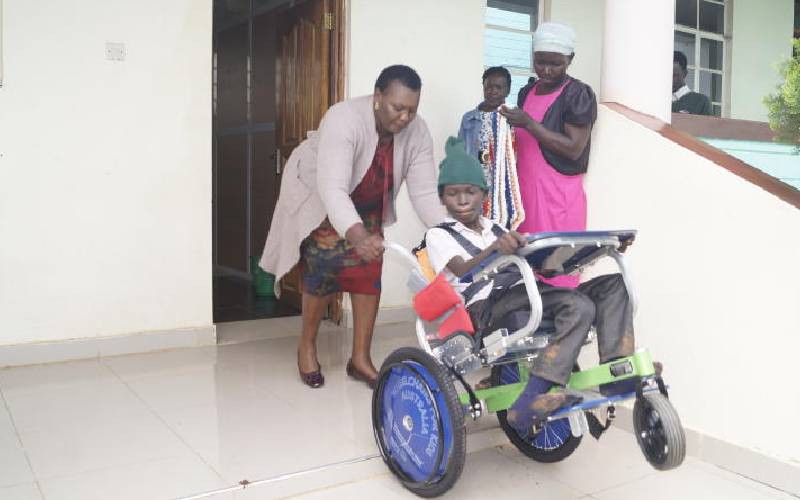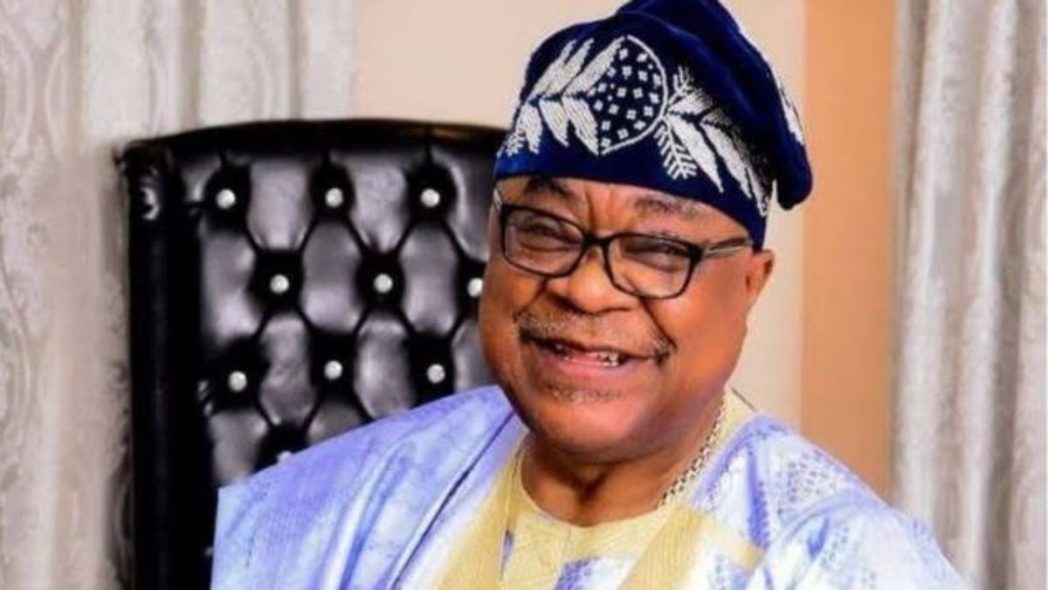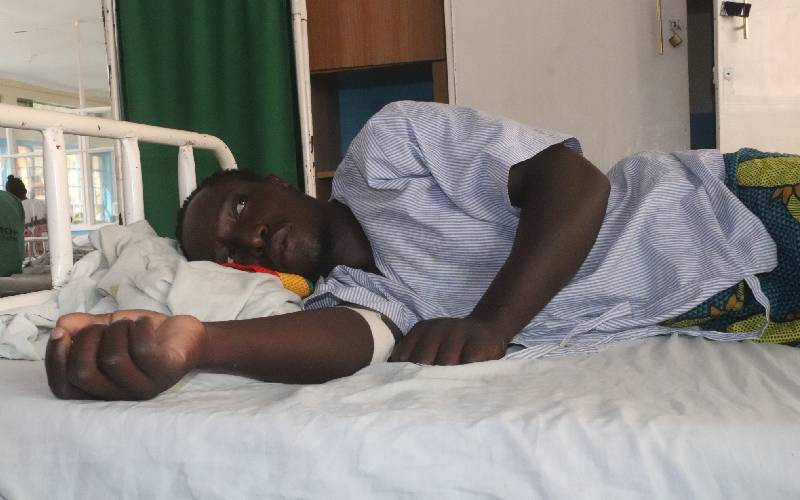World Music Day 2025: 6 Cities Where Music Lives And Breathes-Told By Locals

India is a land where music runs deep—in culture, in memory, and in everyday lifeCHETAN SONI/Wikimedia Commons
Updated on
:
Much has been said and written about music from every possible angle, but few lines capture its essence as powerfully as Shakespeare’s: “The man that hath no music in himself… is fit for treasons, stratagems, and spoils.” Thankfully, India is a land where music runs deep—in culture, in memory, and in everyday life.
On the occasion of World Music Day 2025, we take a journey across India to places where music doesn’t just play—it lives and breathes. From the soulful strains of temple hymns and Bhakti poetry to the timeless Sufi melodies of Amir Khusrau, and even the Beatles’ and Beat poets’ search for sonic inspiration here, music has always shimmered through India’s streets, shrines, and stories.
Along the way, we speak to some locals who share what music means to their cities and to their lives. These voices offer a front-row seat to India’s rich and evolving soundscape—where every street has a story, and every story has a song.
Music emanates from the ghats of VaranasiShutterstock
Varanasi—arguably one of the oldest and continually inhabited cities in India—was recognised as a UNESCO Creative City of Music in 2015, a recognition of its ancient musical lineage linked to Lord Shiva and the divine origins of sound in Indian mythology. The city is home to the Senia gharana of sitar and the renowned Benares tabla tradition. Musical maestros like Ravi Shankar and Bismillah Khan emerged from its narrow lanes and riverside ghats. Music is an everyday affair here—whether during morning aartis accompanied by shehnai and tabla with its heavy tourist appeal or late-night classical concerts at open-air venues that are renowned nationally. Institutions like the Sangeet Sankul continue to preserve the city’s rich musical traditions through formal training and performances.
Ravi Deo Mishra, a native of Varanasi and founder of a local digital marketing agency, believes that in his city, music is not just sound—it's a way of life. “It’s deeply woven into our traditions,” he says. For Mishra, Varanasi’s legacy lies in icons like Ustad Bismillah Khan, who brought global fame to the shehnai, and the enduring Banarasi Gharana that has kept classical music alive across generations. “Here, music connects people to God, to culture, and to emotion,” he says, adding that for him personally, it’s a source of both peace and immense pride.
An ensemble of musicians and students gathered in the medieval ruins on the ocassion of Tansen Divas to create a world recordShutterstock
Declared a UNESCO City of Music in 2023, Gwalior is one of the oldest centres of Hindustani classical music. You don’t even have to dig so much to see it; music is so entrenched in the city’s history, thereby in its tourism, that most things start from music over here. It is the birthplace of the renowned Gwalior gharana, which has played a pivotal role in shaping the khayal and dhrupad styles: two styles in whose debt the greater music scene of the Indian subcontinent remains to this day. The city’s connection to music dates back to the 15th century, when royal patronage supported the flourishing of classical forms. Gwalior hosts the annual Tansen Sangeet Samaroh in honour of the legendary musician Tansen, one of the Navratnas in Akbar’s court. In recent years, large-scale performances and public initiatives have reinforced its status as a living centre of Indian classical music. It is just as delightful to note that while the Tansen Sangeet Samaroh happens in various spots around the city, it chiefly emanates from the premises of Tansen’s tomb – a mesmerising Mughal architecture in the middle of the city.
Sushma Das, a resident of Gwalior, believes her city doesn’t just celebrate music—it is music. “Gwalior is a raag in itself,” she says. Known as the birthplace of the oldest Khayal gharana, the city’s rich musical heritage traces back to legends like Tansen and lives on through generations who see classical music as both legacy and identity. For Das, this connection is deeply personal. “Classical music is the voice of my soul,” she says. Raised in a home where music was lived, not just heard, she sees each riyaaz as a spiritual ritual. “To belong to Gwalior,” she says, “is to carry the rhythm of the tabla and the humility of learning from a lineage of legends.”
A local musical event unfolds in ChennaiShutterstock
Chennai is the undisputed epicentre of Carnatic music. Every year, the December Music Season—founded in 1927—attracts thousands of artists and enthusiasts from around the world. The Madras Music Academy has hosted generations of leading vocalists and instrumentalists. Chennai’s sabha system, a network of cultural organisations, ensures that classical music and dance remain integral to the city’s cultural life. When you trace music in India, it takes you to the temples, and so it is with Chennai. Besides traditional performances, the city has also embraced contemporary and fusion music, with increasing collaborations between classical artists and jazz, rock and electronic musicians leading into sounds such as the world has never heard before. With music schools, lecture-demonstrations, and spontaneous kutcheris in temple courtyards, Chennai offers a deeply immersive musical environment.
For Kalpana Sunder, an independent journalist based in Chennai, music is inseparable from the city’s identity. “Music is in the DNA of the city,” she says, recalling how December transforms Chennai’s sabhas into vibrant hubs filled with the sounds of Carnatic and Hindustani music, as well as classical dance. Reflecting on her own upbringing, she remembers attending Veena classes as a child—“every Tamilian boy or girl had to learn some form of music or dance,” she notes. Today, she sees music as something much larger: “a language of harmony and rhythm that transcends borders and speaks to the soul.”
A man plays a traditional string instrument on the roadside in KolkataShutterstock
Kolkata’s music culture is as wide-ranging as it is old—spanning from Rabindra Sangeet and Hindustani classical concerts to jazz clubs and indie gigs. Landmark venues like Nazrul Mancha and the Dover Lane Music Conference continue to host some of the country’s most respected classical performances. At the same time, the city has cultivated a unique western music, or fusion, scene, with venues offering blues, rock and experimental soundscapes. Local artists have imported the Western sounds and come up with inspired and idiosyncratic tunes that tell how musical Kolkata is in its outlook. Institutions such as the Calcutta School of Music and events like the Tollygunge Jazz Festival foster both training and appreciation. Whether it’s the strains of a sarod in South Kolkata or a jazz ensemble in a heritage café, music is stitched into the city’s cultural fabric.
Though Kolkata and music are almost inseparable, Sinjini—a history student from the city—offers a personal lens to this deep connection. “Music helps me connect with people,” she says, “especially with my father—we’re very different, but music brings us together.” For her, music is more than entertainment; it’s “a window into cultures beyond my own, an expression that transcends language and offers a unique kind of comfort.”
Folk fusion music performing by a known band at the Monolith Music Festival near the sacred forest in ShillongSummersalt
Often dubbed the “Rock Capital of India,” Shillong has long embraced Western musical genres such as rock, gospel, blues and jazz while setting off a vibrant music concert scene in India. Its love for music can be traced back to the British era, and today the city is dotted with cafes and clubs that host live performances by both emerging and established bands. The Shillong Chamber Choir brought international attention to the city’s musical prowess, while home-grown rock bands like Soulmate and indie performers continue to shape its contemporary sound. Music festivals, local competitions, and public performances are regular features, and music is taught in schools and community spaces as part of everyday life.
Kit Shangpliang, a Shillong local and founding member of the folk-fusion band Summersalt, says music is inseparable from life in his city. “Even the elderly walk like rockstars here—music shapes people from a young age,” he laughs. In Shillong, music isn’t just an art form, it’s woven into the city’s identity. “They say if you throw a stone in any public place, you’ll probably hit a musician,” he adds. The city celebrates every genre—from folk and rock to gospel, choir, and Bollywood—with a deep sense of pride. Homes often echo with piano scales and guitar riffs, and multi-instrumentalists are everywhere. From child-naming ceremonies and harvest festivals to moments of grief, music marks every chapter of life in Shillong—offering both celebration and comfort.
Scenes of music in GoaShutterstock
Goa’s musical journey began with its Indo-Portuguese legacy, which brought Western instruments like the piano, violin and mandolin into local traditions. Being in India, one hardly fails to recall the uniquely Goan tune given to Bollywood and the nation at large by the masterful Remo Fernandes. Over time, Goa has come to be synonymous with dance and electronic music. The emergence of Goa trance in the 1990s turned the state into a global hub for rave culture and electronic experimentation. Goa’s music scene, however, is far from one-dimensional. From Catholic church choirs and Konkani mando performances to live bands at beach resorts, music permeates daily life. The state also supports classical music through orchestras and conservatories, maintaining a rich duality between traditional and contemporary styles.
Kegan, a trained chef and motorcycle traveller from Goa, has spent the last decade exploring some of India’s most remote corners—but through all his travels, music has remained his true constant. “Being Goan, music is part of everyday life,” he says. “From country tunes in the morning to old-school rock at night, it’s something every household shares.” For Kegan, music is the unspoken language that flows through village streets, festival parades, and every Goan wedding—where jive beats and local masala tracks light up the dance floor. He fondly remembers icons like Remo Fernandes and Lorna, and how Goa embraces everything from traditional mando to modern rock. “Music,” he says, “is home. It’s what travels with me, lifts me up, and speaks when words fall short.”









